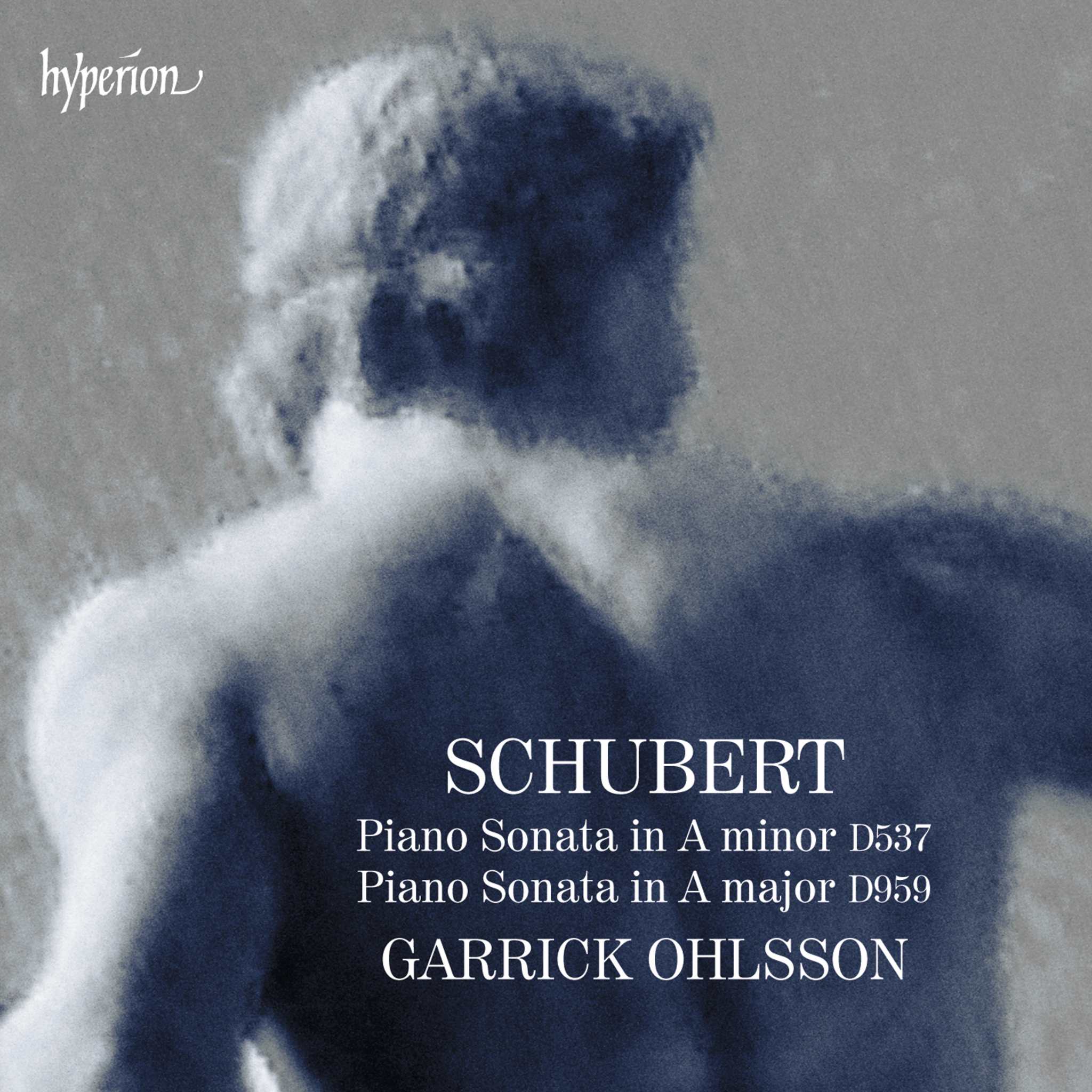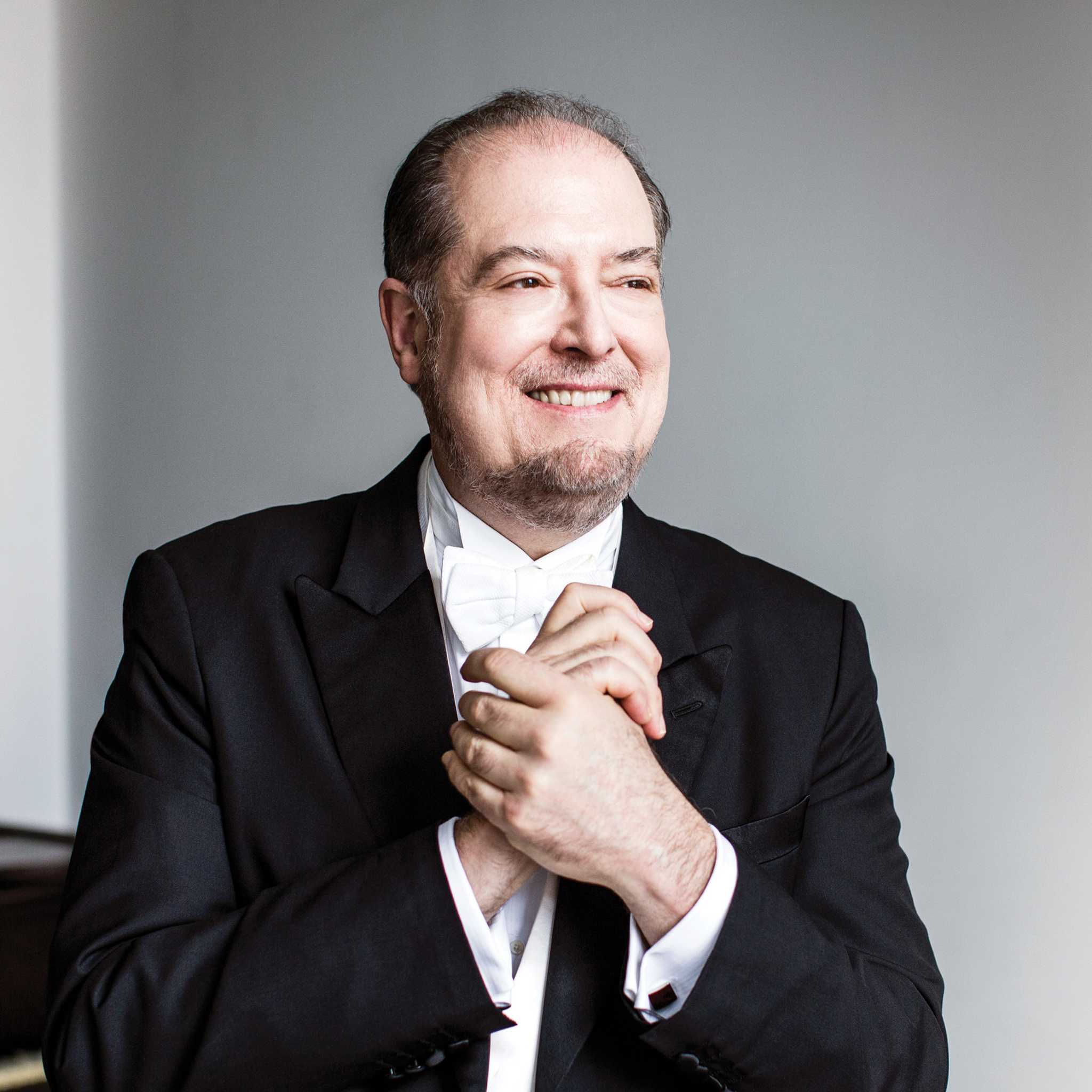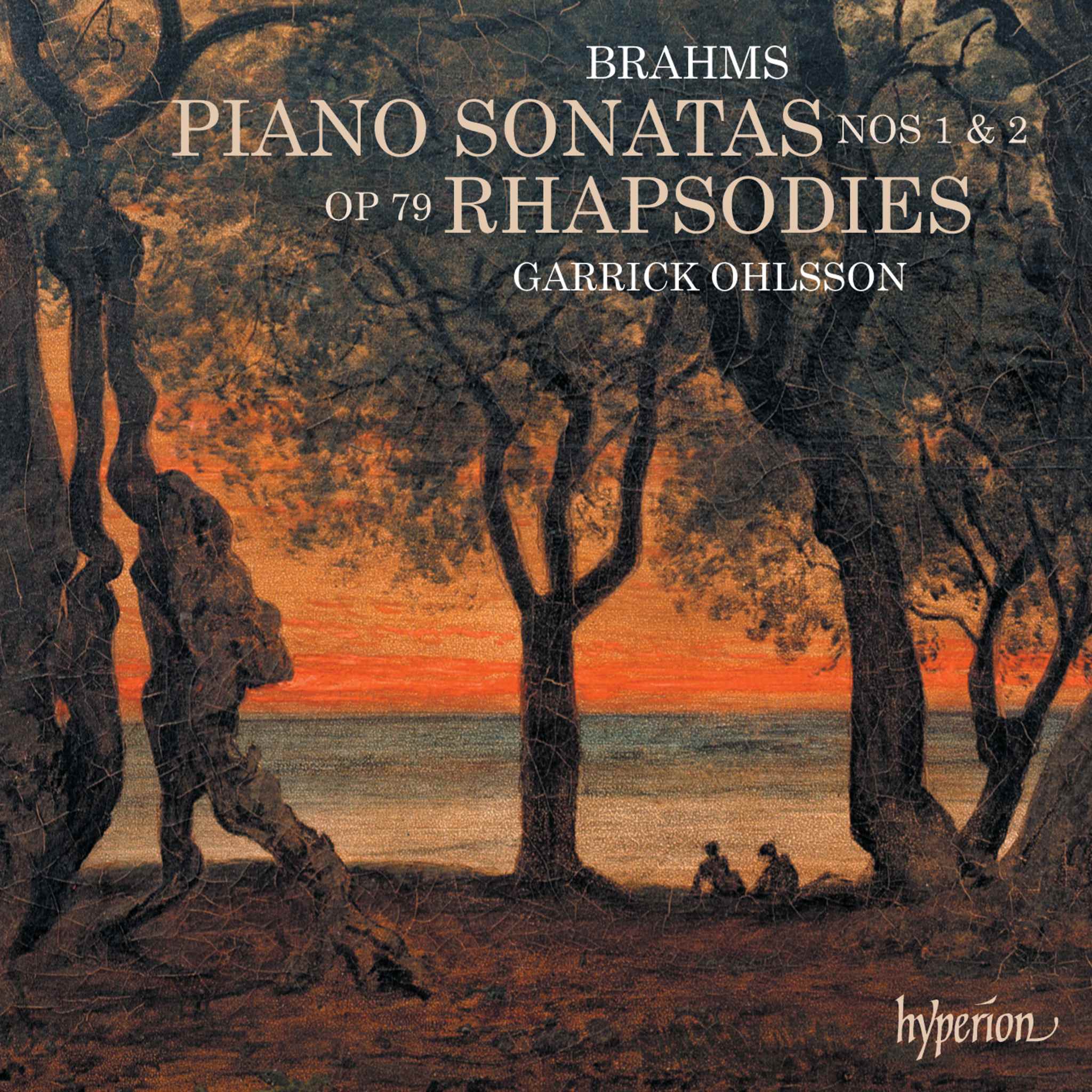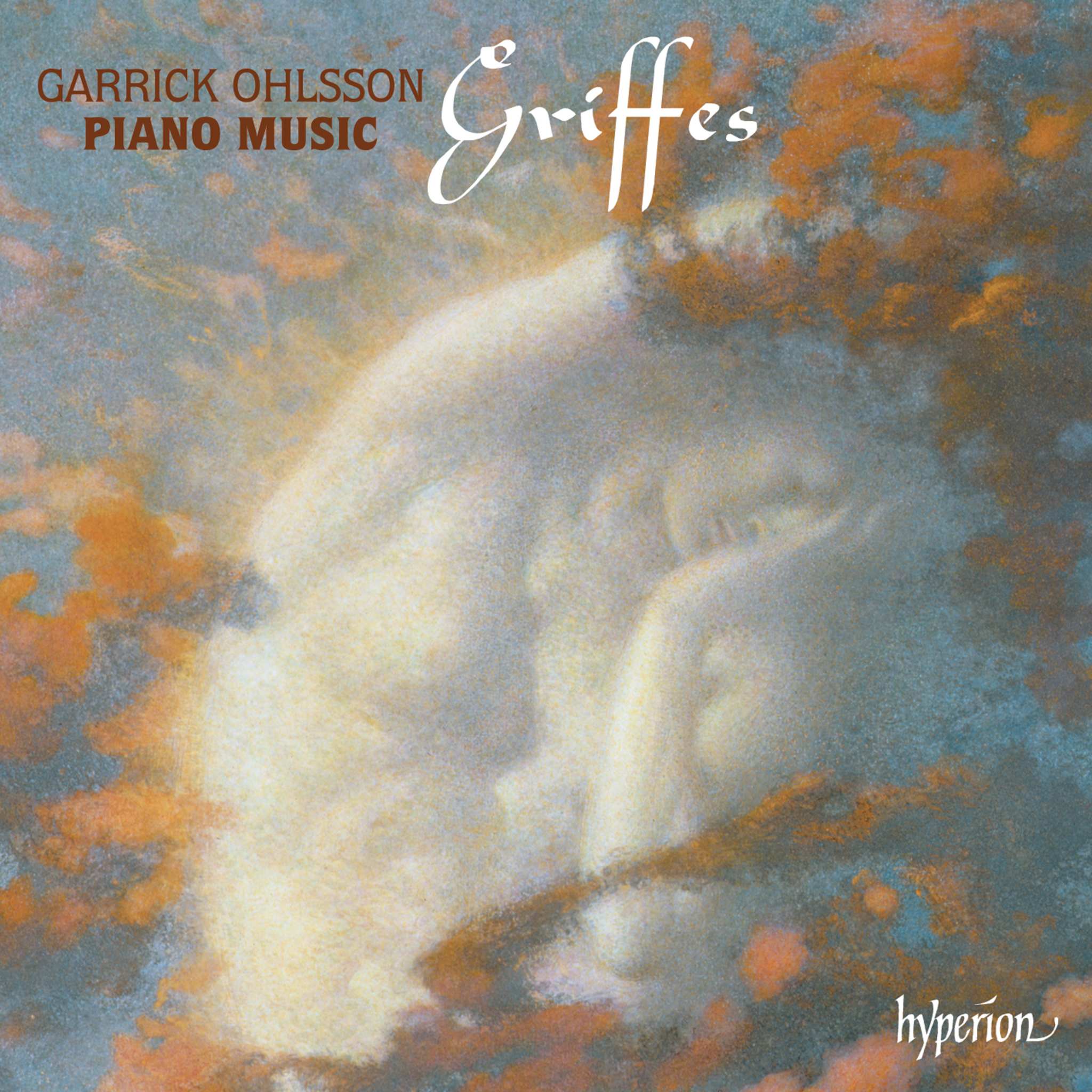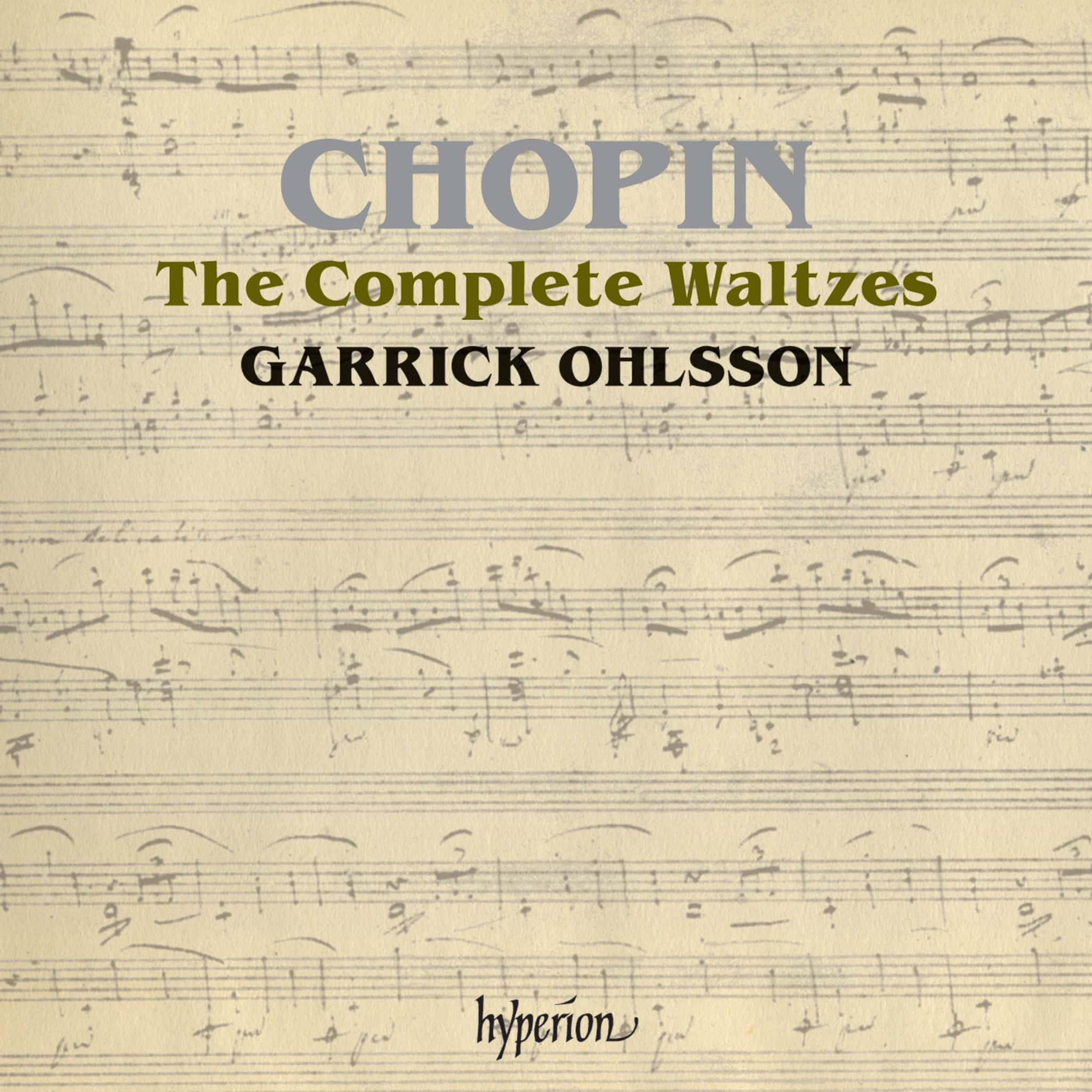Album insights
Thomas Roseingrave was born in 1688, the son of Irish composer Daniel Roseingrave, who was the organist of Winchester Cathedral. He likely received his initial musical instruction from his father. In 1707, he enrolled at Trinity College in Dublin but did not complete his studies there. In 1709, he was sent to Italy by the authorities of St Patrick's Cathedral to enhance his musical skills. During his time in Venice, Roseingrave met Domenico Scarlatti, whose music and harpsichord playing style profoundly influenced him throughout his life. According to Charles Burney, a later acquaintance of Roseingrave, he was so impressed by Scarlatti's playing that he refrained from touching an instrument for months afterward. Burney also mentioned that Roseingrave was closely associated with the young Scarlatti during their time in Italy.
One of the significant outcomes of Roseingrave's Italian years was his first documented composition, the Italianized motet "Arise, shine, for thy light is come," composed in December 1712 in Venice to celebrate the Peace of Utrecht. Shortly after this, Roseingrave seems to have returned to Ireland, where his work was performed on June 9, 1713, during a thanksgiving service at Christ Church Cathedral in Dublin. Details of his activities in the subsequent years are scarce. However, it is likely that he attended a performance of one of his serenades in June 1717 at the York Buildings in London. Roseingrave quickly established himself in London's thriving music scene, and in 1720, he assisted Domenico Scarlatti in staging his opera "Narciso." By 1725, he had become the organist at St. George's in London's Hanover Square, supposedly winning the position through a competition judged by prominent figures such as J.C. Pepusch, J.E. Galliard, and Maurice Greene. Handel, who was a parishioner, submitted a fugue for the competition, while Burney commented on Thomas Arne and Michael Christian Festing, also present, describing Roseingrave as a "spontaneous fugueist" but critiquing his rough harmony and extravagant modulation evident in his printed compositions.
In his later years, Roseingrave's life was clouded by madness. Burney later remarked that he fixated his affections on a lady of inconsistent loyalty and fell into a "temporary and capricious madness" after being rejected. In 1744, he had to resign from his position at St. George's and lived in Hampstead for several years, with frequent visits from Burney, who appreciated his kindness, willingness to mentor young people, as well as his entertaining and informative conversations. Around 1750, Roseingrave returned to Dublin, where he lived with his nephew William. His final significant work, the opera "Phaedra and Hippolitus," was performed in the city in 1753. He passed away on June 23, 1766, and was laid to rest in the family tomb at St. Patrick's Cathedral, with his epitaph honoring him as a celebrated musician and cultured man.
Roseingrave produced various vocal works, including English songs and a series of Italian cantatas published in 1735, but he is chiefly remembered for his keyboard music. His earliest organ works, published by John Walsh in 1728, enjoyed wide success, prompting reprints in 1731 by Walsh and a new edition by Daniel Wright in 1734, possibly without the composer's authorization, as errors from the 1728 edition remained uncorrected. These works comprised a collection of organ solos and fugues, although it is unclear whether Roseingrave intended to group them in pairs like Prelude and Fugue, a common practice in Germany. The distinctive style of Roseingrave's organ playing and composition divided his contemporaries. While Sir John Hawkins acknowledged his exceptional teaching skills, he found his playing and compositional style harsh and unattractive, bearing great erudition but lacking finesse and variety. Burney, on the other hand, criticized the harmony in his organ solos as unbearable due to excessive modulation and the unconventional use of chromatic thirds and minor sixths, describing them as hard and unpleasant. Roseingrave's harmonic style, likely inherited from his father, exhibited characteristics of the late 17th century with unexpected modulations and biting dissonances, popular during the English Restoration period.
Roseingrave's cycle of eight lesson pieces for harpsichord and spinet, published by Walsh around 1728 and again circa 1730, continued the English tradition dating back to the mid-17th century. His elaborately ornamented allemandes and courantes, with broken structures and explorative harmonies, embody distinctively English characteristics. While his fugue-like moto perpetuo dances and the Sarabande of Suite No. 7 show traces of Handel's influence, the Overture to Suite No. 1 follows the German introduction of the French overture into harpsichord music. The swirling Presto in Roseingrave's E minor Suite is one of the few movements reflecting the influence of Domenico Scarlatti in the collection.
The existence of Roseingrave's Concerto in D poses a mystery, sourced from two scores: a manuscript at Cambridge and an undated print "A Celebrated Concerto for the Harpsichord," attributed to the late Tho. Rosingrave. The sources vary slightly, with the manuscript being fuller and more accurate, indicating its selection for this recording. It is uncertain whether the work imitates an orchestral piece like Bach's Italian Concerto or serves as the keyboard reduction of a lost orchestral work. Clues from explicit scores for two trumpets in the final movement and contemporary newspapers mentioning an "organ concerto with trumpets and timpani by Tho. Roseingrave" performed alongside Handel's "Alexander's Feast" on March 8, 1750, suggest a possible original conception of the work as an organ concerto with orchestral accompaniment featuring two trumpets and timpani. The work's simple style and primitive structure hint at a creation before 1750, possibly even being one of the earliest keyboard concertos by an English composer.
The instruments used in this recording mirror those known to Roseingrave. The organ, crafted by Martin Goetze and Dominic Gwynn, features four stops—8', 4', 2', and mixture—and is based on surviving English chamber organs from the early 18th century. The harpsichord, built by John and Abraham Kirckman in London in 1778, exemplifies the grand, powerful instruments typical in England from 1740 to 1790. Specifically, it has a single manual with three sets of strings—two at 8' and one at 4'. Transcriptions of the organ pieces and the Concerto in D were made with Richard Platt's kind permission, drawn from his intended complete edition of Roseingrave's keyboard music.

